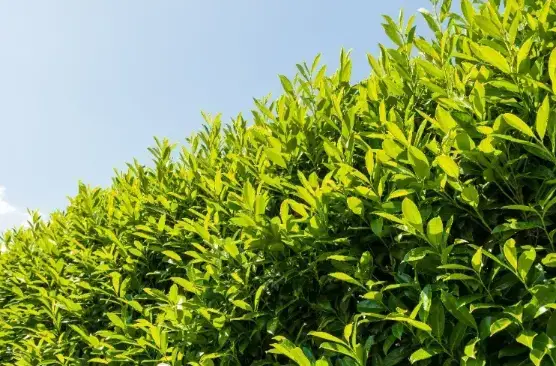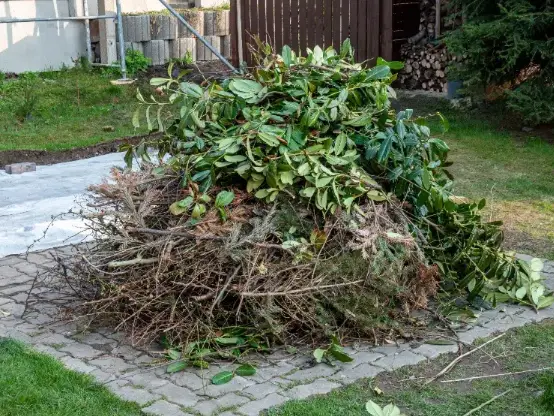The cherry laurel is a popular shrub, easily recognizable by its shiny, dark green, and ribbed leaves that form dense foliage. It also produces small, white flowers that grow in clusters at the base of the leaves, and in fall, black fruits resembling olives appear. Often growing between 3 and 5 meters tall, the cherry laurel requires some attention and care to maintain its shape and beauty. But when exactly should you prune cherry laurel, and how can you keep it in top condition? Let’s dive into the essential tips for maintaining and pruning this hardy shrub.

When to Prune Cherry Laurel?
Pruning your cherry laurel at the right time is crucial for its health and appearance. Here’s everything you need to know about the best times to prune.
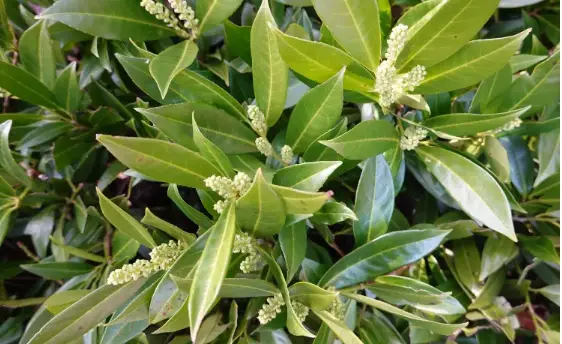
Best Time to Prune Cherry Laurel: The ideal time to prune is early spring—specifically, March or April—when all danger of frost has passed. During this period, your plant is preparing for new growth, making it the perfect time to shape and trim it. Some gardeners prefer to prune away dead, diseased, or frozen branches in late winter, but it’s safer to wait until early spring to avoid damaging the shrub.
For those who want a full and dense hedge, pruning should be done twice a year. The first pruning in early spring should be followed by a second pruning in late summer (around September), to maintain the shape and health of the plant.
How to Maintain Cherry Laurel?
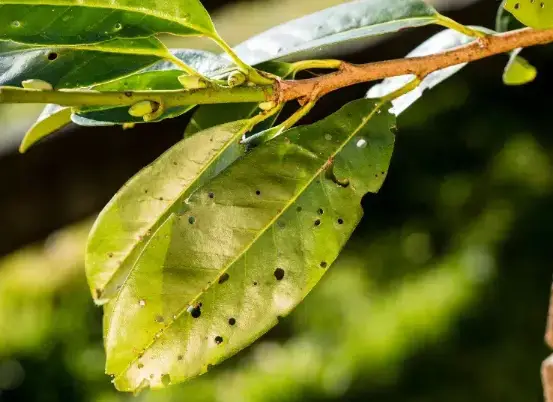
Cherry laurel is a low-maintenance shrub that doesn’t require much beyond some regular pruning. However, there are a few key aspects of care to keep in mind to ensure its growth:
- Watering: The cherry laurel needs regular watering, especially during hot weather and in the first few years after planting.
- Disease and Pest Prevention: While aphids and scale insects typically don’t cause severe harm, diseases like powdery mildew and verticillium wilt can be more damaging. To prevent powdery mildew, apply a Bordeaux mixture (commonly used for roses) as a preventive treatment.
For verticillium wilt, remove and destroy any infected parts of the plant immediately. The symptoms of verticillium wilt are most noticeable on the leaves, which may turn brown, dry, and eventually fall off. If the disease has spread throughout your hedge, the only solution may be to remove the entire affected plant to prevent contamination.
How to Prune Cherry Laurel?
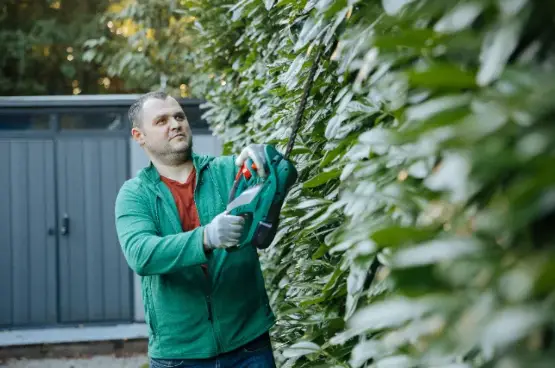
Pruning your cherry laurel is vital to maintaining its shape, preventing the growth of useless or toxic fruits, and encouraging healthy new growth. Here are a few tips to ensure a successful pruning process:
- Remove Dead or Diseased Branches: Start by removing any dead, frozen, or diseased branches to keep your shrub healthy. This should be done as soon as you spot the damage, but it’s best to wait until early spring to avoid pruning too early in the season.
- Shape the Shrub: After removing damaged wood, focus on shaping your plant. For a dense, full hedge, be sure to prune in a way that encourages the shrub to grow outward and fill in any gaps.
- Trim Regularly: In addition to the early spring pruning, make sure to do a lighter pruning in late summer (September) to maintain the size and shape of the plant. Regular trimming ensures a neat, compact appearance and prevents excessive growth.
- Use Proper Tools: Always use sharp pruning shears to make clean cuts that promote healthy healing. Avoid using dull tools, as they can cause damage to the plant.
Cherry Laurel Varieties
There are several varieties of cherry laurel, including classic and dwarf types. While their foliage may vary—some having oblong leaves and others rounded—the flowers remain the same, white in color. The dwarf varieties are also great for growing in pots, making them perfect for smaller spaces or terraces.
Regardless of the variety, the pruning process remains the same: prune in early spring and again in late summer to maintain its size, shape, and health.
Final Thoughts on Pruning Cherry Laurel
Cherry laurel is a hardy, easy-to-care-for shrub that, with proper maintenance, can thrive for years. By following these simple pruning and care tips, you can ensure that your cherry laurel remains healthy, compact, and a beautiful feature in your garden.
Remember to prune in early spring and again in late summer for the best results, and keep an eye out for any signs of disease or pests. A little attention goes a long way in maintaining the beauty and health of your cherry laurel!
